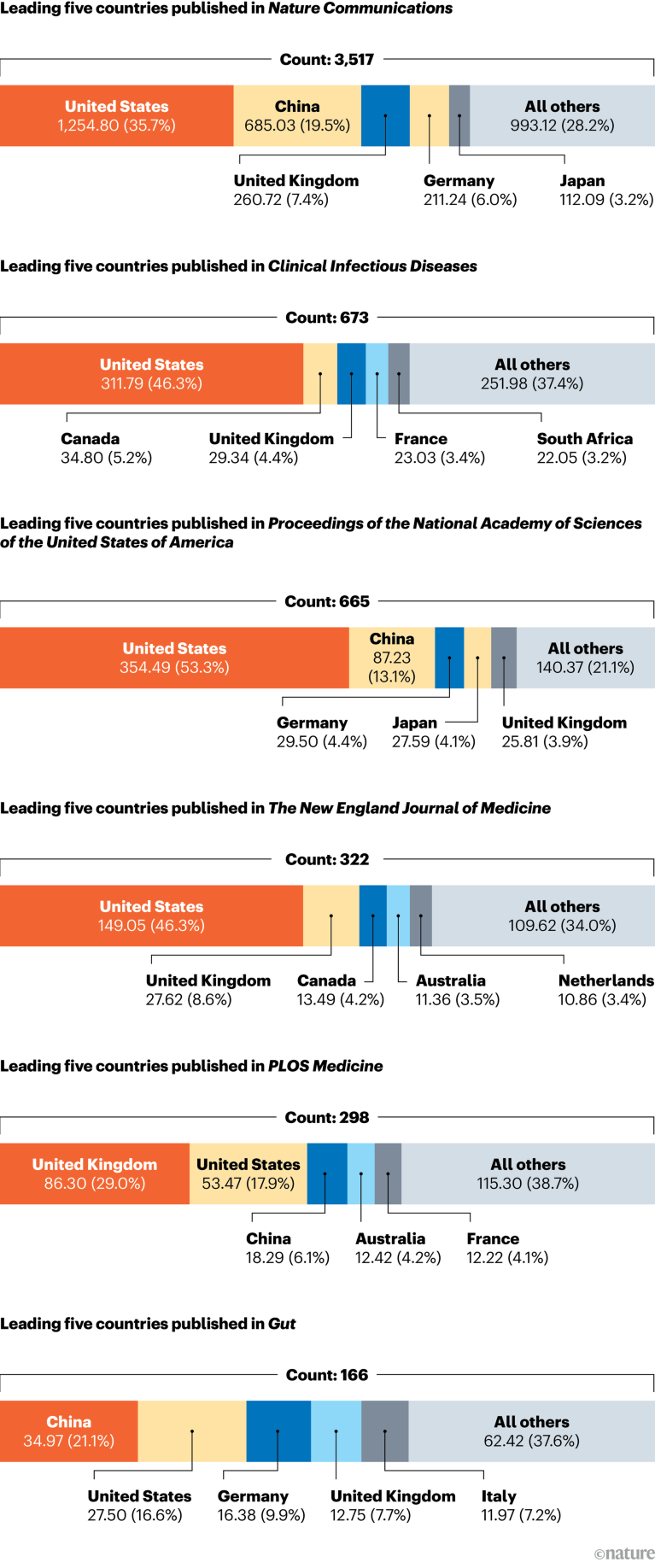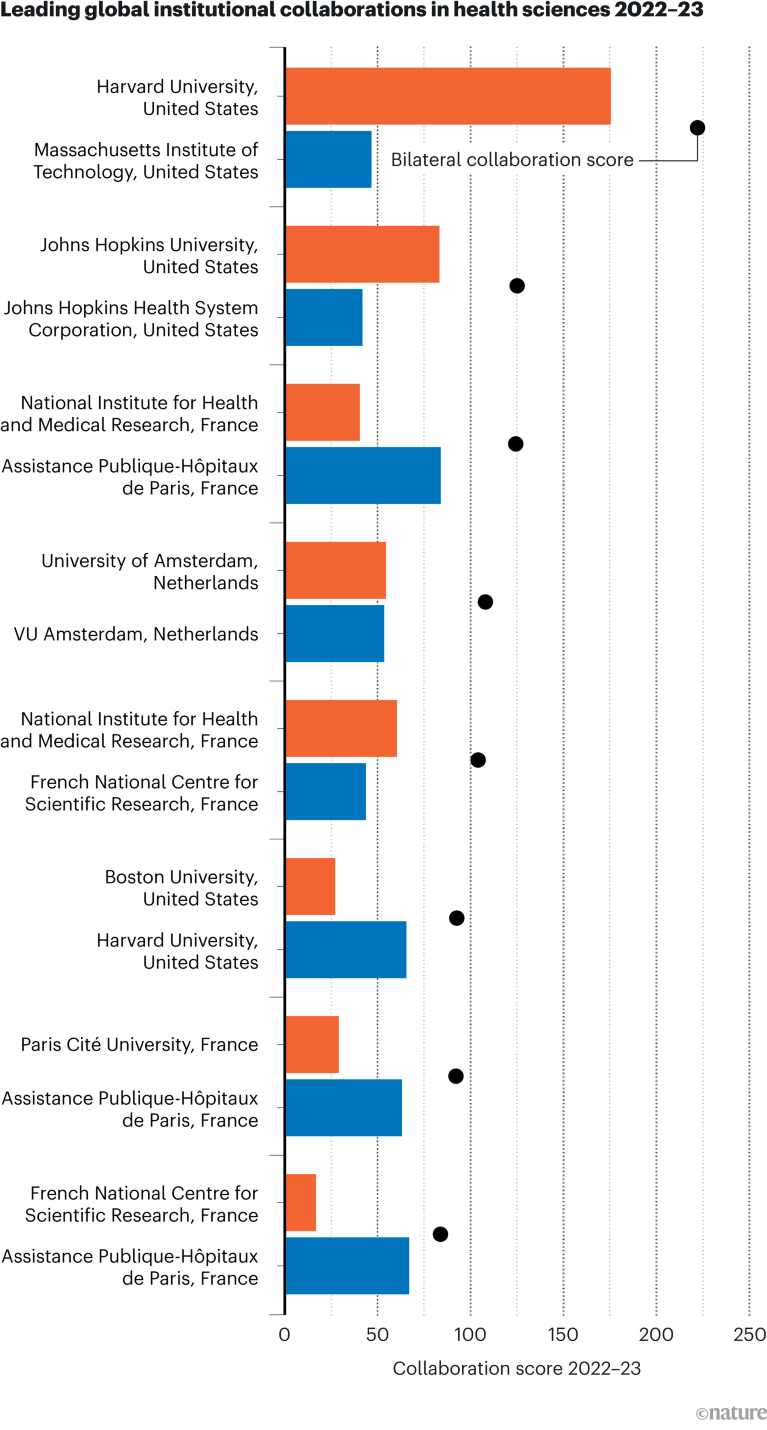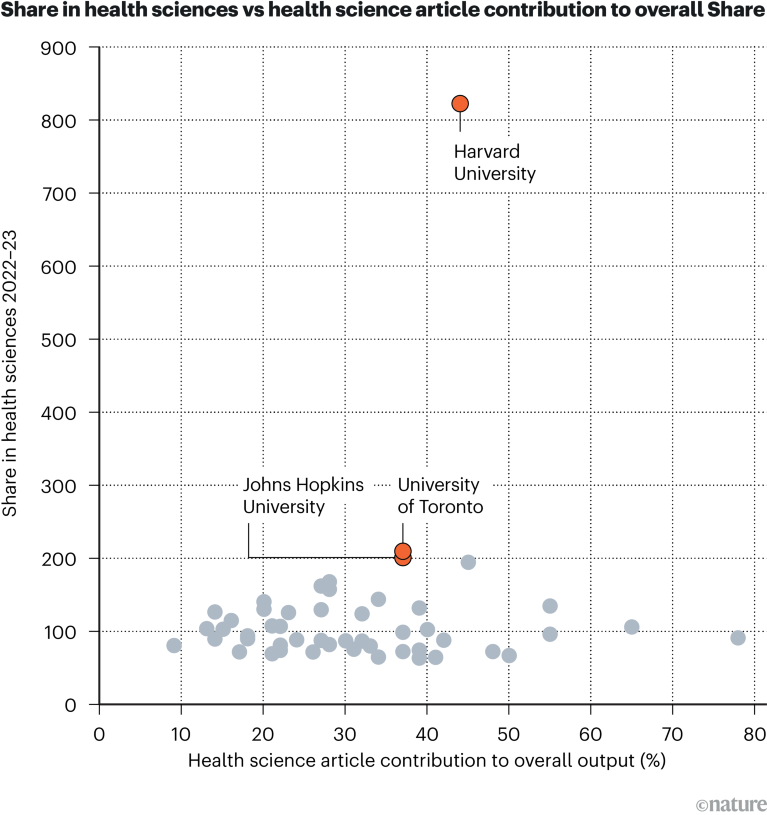[ad_1]

A new study analyzing Google Play downloads of productivity tools has shown an overwhelming majority of mobile users turning to their smartphones to navigate their professional lives and schedule day-to-day tasks.
The report by SplitMetrics found the top apps in the business and productivity categories have amassed a staggering 4.7 billion and 55 billion downloads respectively. Microsoft’s LinkedIn leads the business category with a whopping 1.5 billion lifetime downloads, followed by video conferencing giants Zoom (1.1bn) and Microsoft Teams (426m), then OfficeSuite (195m) and Indeed (188m).
In the productivity category, it’s Google that leads the way. Google Drive has racked up an impressive 10 billion lifetime downloads, followed by Google Calendar (6bn), Microsoft OneDrive (4bn), Google Assistant (3bn) and Google Keep (2.7bn).
Productivity boosts all round
The study also reveals the apps that have delivered the most significant year-on-year growth. Lopay: Payments & POS achieved a 339% increase in the business section in 2023, followed by Etsy Seller (329%), JobSwipe (221%), Parcel Tracking – pkge Mobile (144%) and Shopify (83%).
PDF Reader – PDF Viewer experienced the biggest growth in productivity in 2023 with a 701% jump. It was followed by Notepad (457%), All Document Reader (431%), Google Tasks (29%) and Link to Windows (21%).
Thomas Kriebernegg, General Manager of SplitMetrics, said: “The data paints a clear picture. Tools that empower people to be productive and manage their work or businesses effectively are very popular. The rise of on-demand services, remote work, and mobile entrepreneurship is driving the demand for user-friendly, feature-rich business and productivity apps. While user acquisition costs may be higher in the business category, the high engagement and potential value users bring means there’s a significant market opportunity.”
More from TechRadar Pro
[ad_2]
Source Article Link









